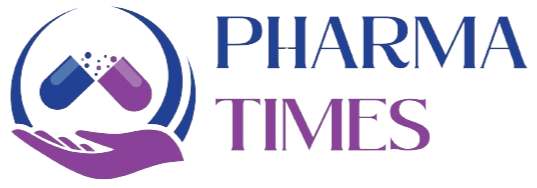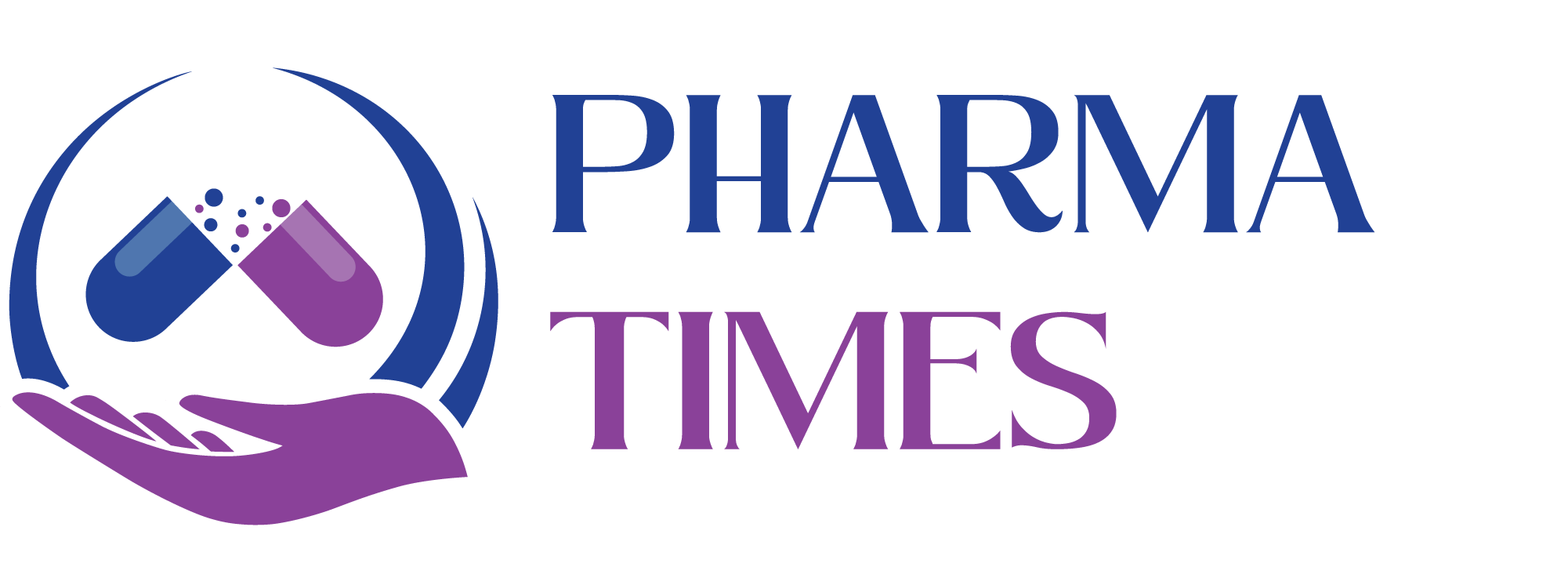Planning and Execution of Internal Audits in Pharmaceuticals
Planning and Execution of Internal Audits in Pharmaceuticals
Internal audits (self-inspections) are a key part of a pharmaceutical Quality Management System (QMS). They ensure compliance with cGMP, regulatory guidelines, and company SOPs, while also driving continuous improvement.
1. Planning the Internal Audit
a. Define Objectives & Scope
-
Verify compliance with GMP, SOPs, and regulatory requirements.
-
Identify gaps, risks, and opportunities for improvement.
-
Scope may include manufacturing, QC labs, warehouse, engineering, or QMS processes.
b. Prepare the Audit Schedule
-
Develop an annual audit calendar covering all critical departments.
-
Prioritize high-risk areas (sterile manufacturing, data integrity, deviations).
-
Inform auditees in advance (unless it’s an unannounced audit).
c. Select and Train Auditors
-
Choose auditors who are independent of the audited area.
-
Provide training in GMP guidelines, auditing techniques, and communication skills.
d. Pre-Audit Preparation
-
Review previous audit reports, CAPAs, and regulatory findings.
-
Develop checklists tailored to each department/process.
-
Gather reference documents (SOPs, policies, regulatory guidelines).
2. Execution of the Internal Audit
a. Opening Meeting
-
Introduce the audit team and explain audit objectives, scope, and methodology.
-
Set expectations and communication flow.
b. On-Site Audit Activities
-
Observe facilities, equipment, and processes.
-
Review documents: batch records, logbooks, calibration, deviations, CAPAs.
-
Interview employees to confirm knowledge of SOPs and GMP compliance.
-
Collect objective evidence (facts, not opinions).
c. Recording Observations
-
Classify findings into:
-
Critical – Major impact on patient safety/product quality.
-
Major – Significant deviation from GMP but not immediately critical.
-
Minor – Limited risk, requires correction.
-
d. Closing Meeting
-
Present findings to management.
-
Discuss observations clearly and factually.
-
Agree on timelines for corrective and preventive actions (CAPA).
3. Post-Audit Activities
a. Audit Report
-
Prepare a formal report documenting scope, findings, and evidence.
-
Categorize observations by severity.
-
Circulate to concerned departments and senior management.
b. CAPA Management
-
Auditees prepare a CAPA plan for each finding.
-
Define root cause, corrective action, preventive action, and timelines.
-
Submit responses within the defined timeline (e.g., 15–30 days).
c. Follow-Up & Closure
-
QA verifies CAPA implementation and effectiveness.
-
Conduct re-audits if required.
-
Officially close the audit once compliance is demonstrated.
✅ Summary:
Effective planning (scope, schedule, training, checklist) and structured execution (observation, documentation, CAPA) of internal audits ensure regulatory compliance, continuous improvement, and patient safety.
🎓 Discover one of the best Complete Pharmaceutical Quality Assurance Course available —click below to explore the course that’s shaping future in QA Course skills.

